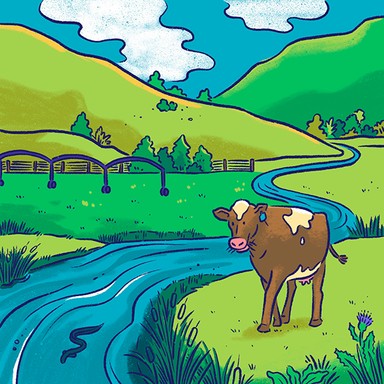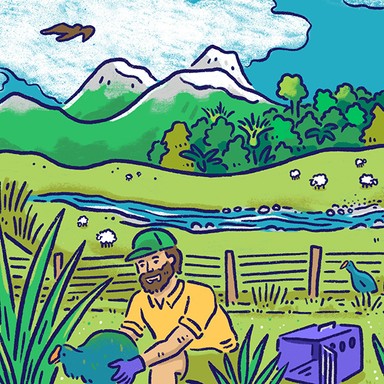
Bay of Plenty Regional Council

Freshwater
The worsening state of New Zealand’s lakes and rivers is a major challenge for regional councils, which play a leading role in managing freshwater in their areas. To this end, regional councils create plans to protect water resources from contaminants and overuse.

Freshwater
The worsening state of New Zealand’s lakes and rivers is a major challenge for regional councils, which play a leading role in managing freshwater in their areas. To this end, regional councils create plans to protect water resources from contaminants and overuse.
Actively work to improve the water quality in our lakes, rivers, streams and wetlands.
Ensure that water allocations do not exceed environmentally acceptable levels. Examine the potential for water augmentation schemes.
Ensure that forest harvesting practices minimise the adverse impacts on catchments.
Develop a clear strategy to ensure that all regional rivers and streams are swimmable by 2035. Develop a plan to implement the strategy.
Work to ensure all drains discharging into rivers and streams pass through a treatment wetland, promote the use floating wetlands in drains.
Work with these councils and landowners to reduce the need for irrigation, investigate alternative land use that lessens the need.
Make improving freshwater quality and quantity a priority through effective action, investment in science, and community collaboration.
Manage negative impacts of land use in catchments and take a mountains-to-sea approach to reduce negative impacts of nutrients and sediment.
Involve communities and tangata whenua in freshwater policy development and educate everybody on what is happening.
Ensure council has real data available on water takes, use and availability so water allocation decisions can be sensibly made.
Make water quality data and trends for water bodies more transparent and available to the community.
Address the consents (takes and discharges) that are out of date or not being complied with – including local government consents.
Actively work to improve the water quality in our lakes, rivers, streams and wetlands.
Ensure that water allocations do not exceed environmentally acceptable levels. Examine the potential for water augmentation schemes.
Ensure that forest harvesting practices minimise the adverse impacts on catchments.
Develop a clear strategy to ensure that all regional rivers and streams are swimmable by 2035. Develop a plan to implement the strategy.
Work to ensure all drains discharging into rivers and streams pass through a treatment wetland, promote the use floating wetlands in drains.
Work with these councils and landowners to reduce the need for irrigation, investigate alternative land use that lessens the need.
Make improving freshwater quality and quantity a priority through effective action, investment in science, and community collaboration.
Manage negative impacts of land use in catchments and take a mountains-to-sea approach to reduce negative impacts of nutrients and sediment.
Involve communities and tangata whenua in freshwater policy development and educate everybody on what is happening.
Ensure council has real data available on water takes, use and availability so water allocation decisions can be sensibly made.
Make water quality data and trends for water bodies more transparent and available to the community.
Address the consents (takes and discharges) that are out of date or not being complied with – including local government consents.
Mayor
Compare the mayoral candidates in your area
Local council
Compare the candidates for your city or district council
Regional council
Compare the candidates for your regional council
Local board
Compare the candidates for your local or community board






